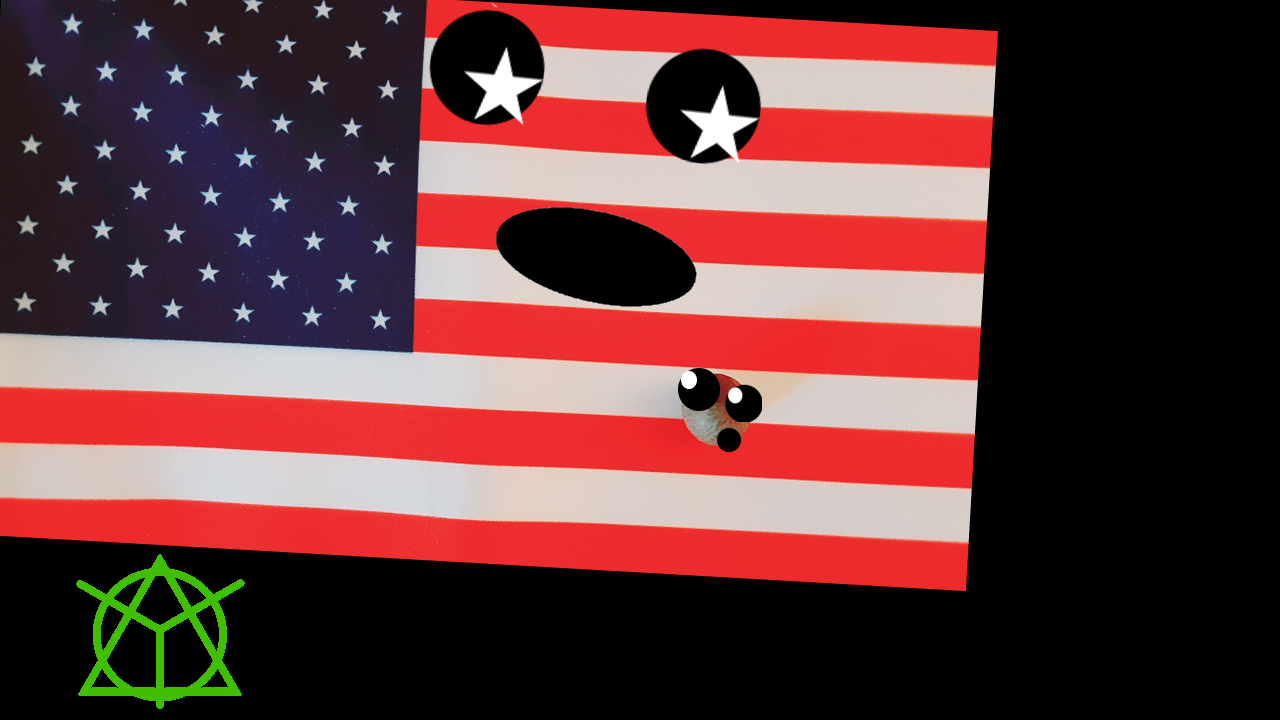While over ⅓ of the entire earth’s population lives within 60 miles or 100km of an ocean, over 50% of the earth’s population lives next to a surface freshwater body. It is almost impossible to avoid experiencing large freshwater or saltwater bodies. For many around the world, the ocean is so common, so regular that the thought of someone never experiencing the ocean is odd and hard to comprehend. The Pacific Ocean is significant for botanists, as the largest covers over 32% of the planet’s surface and connects multiple ocean and land ecosystems. From mangroves of the Mexican salt marshes to the Mediterranean herbs, many of the world’s most unique plants live in ecosystems next to the oceans and seas. It is often the lands very close to the oceans and seas where botanical wonders occur for a plant lover. The inability to experience any ocean means that a botanist could not see, smell or touch many of these ocean-bound plants in their natural habitat. So when this botanical-historical storyteller gets a chance to go to Southern California and experience green wonders in their natural habitat, a historical botanist takes that chance.
I had many preconceived notions and assumptions about this massive water. Soaps with names like the ocean breeze, pacific vacation, and beach party have this rich, clean smell. Many happy Hollywood movies often portray crystal blue waves gently tapping on sparkling sands. The dark, somber horror flicks often show a stormy view, filled with fog, lightning, and murky waters thrashing against a rock-filled beach. ASMR online dedicated to ocean sounds concentrate on soft waves filled with more seafoam than water frothing by swishing crabs and squeaky seagulls. Tasting the ocean was as simple as eating frozen ocean fish shipped to a landlocked region.
Visiting Carlsbad and the San Diego region of beaches available to the public was a confrontation with reality. The massive piers and quiet beaches had some startling similarities. Rather than crystal clear party time, or dark unknown, the opaque darker sea was constantly covered with thin white-tipped lighter blue waves. Rather than a bubbling or a rage, the pacific defied simplicity. Some waves were tiny little water hills surfing to shore, while surfers would catch the taller hills of water, boarding on edge. It was erratic and rhythmic, quiet and loud all at once. It was the smell, the taste of the air that shifted everything. The ocean does not smell of cleanliness but has a particular stench. It reeked of kelp, seagrass, and algae. It was an aroma of aquatic creatures in every stage of their life cycle, from hatching, birthing, growing, defecating, mating, and even dying. That breeze off the pacific ocean had a smell similar to a nature park or a wilderness shelter. The oceans, like the prairies and forests back home, are alive. It has that smell because life, real life, stinks not with cleanliness or Hollywood dreams but with flaws and struggles.
For so long, there was this concern that if I never got to see the ocean, I would miss out on experiencing a critical part of the natural world. However, it took visiting the ocean to realize and remember that the natural world is a ‘world.’ While scientists love to split up the land, seas, and skies into these clearly defined categories, life refuses these solid boundaries. The presence of the ocean permeates into the land by forming beaches and tourist traps. It even soaks into the air and changes how the breeze tastes. This wild taste differs if one is in the forest, prairie, or ocean, but it is there for those paying attention. It is everywhere. So what happens when a landlocked botanist experiences the Pacific Ocean for the first time? Surprise, by how familiar it was to the wilds back home.
If you want to suggest what I should cover next or support my writing feel free to visit MY SUBSCRIBESTAR.

Harvard Formatted References:
Candeias, M., 2021. In Defense Of Plants. [online] In Defense of Plants. Available at: <https://www.indefenseofplants.com/> [Accessed 15 June 2021].
Gilbert, C.R. and Williams, J.D., 2002. National Audubon Society field guide to fishes, whales & dolphins. Alfred A. Knopf.
Kummu, M., De Moel, H., Ward, P.J. and Varis, O., 2011. How close do we live to water? A global analysis of population distance to freshwater bodies. PloS one, 6(6), p.e20578.




Absolutely awesome perspective! I enjoyed reading this so much! How refreshing to hear your thoughts on experiencing the ocean and to be given a chance to think about it in an entirely new way. I only wish this article was longer 🙂
The pain of good writing is that its brief enough to leave a reader wanting more, yet full enough to give satisfaction.